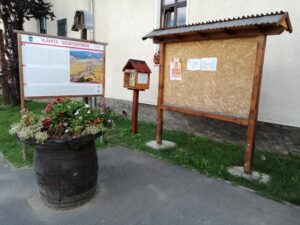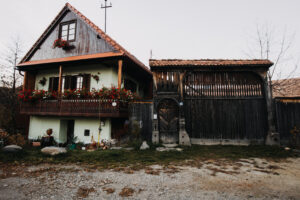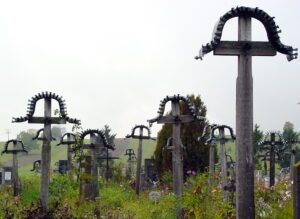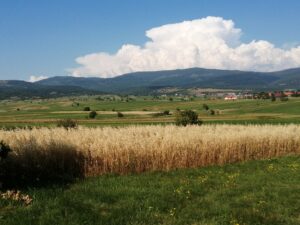Vlăhița Village (Szentegyházasfalu) was firstly mentioned as Oláhfalu in a litigious title-deed from 1406. Presumably, it was already an inhabited settlement in the XIII-XIV centuries. The inhabitants of the village were mostly devoted to animal husbandry, logging and tillage, the tradition of which is still being continued by several families. For centuries Vlăhița Village and its neighbouring village -Căpâlnița- had a roadguard role along the road connecting Miercurea Ciuc with Odorheiu Secuiesc. They made it possible for wagons, stage coaches and constables to pass through safe. Therefore, they won many privileges from the Transylvanian lords and Hungarian kings. The history of Căpâlnița and Vlăhița Village was closely related for centuries, until 1838 they had one single parish, and until 1876 they were one village. Between 1872 and 1876 the two villages were appointed as an autonomous town (Szekler town -Székelyváros).
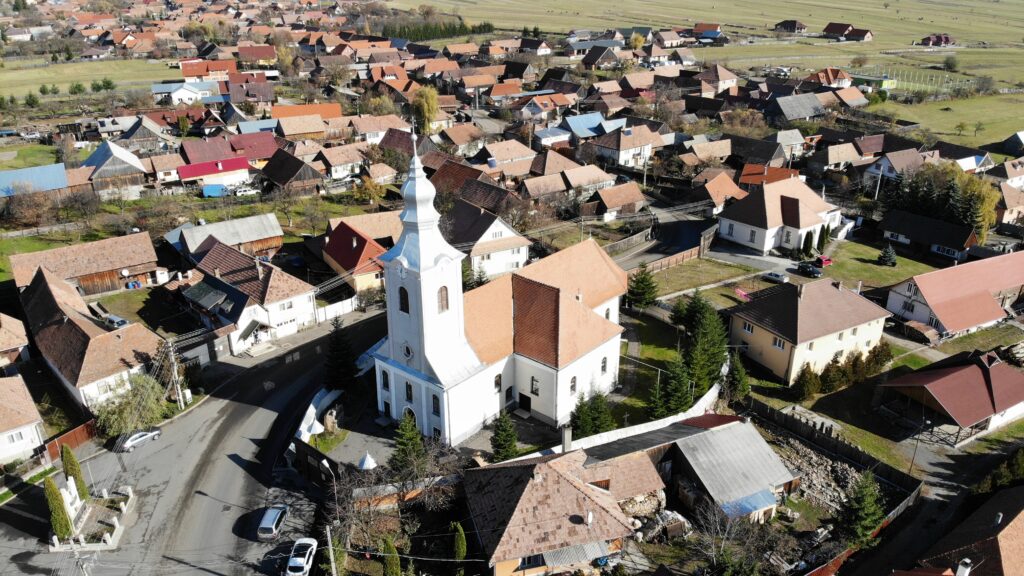
According to the 1953 Administrative Law, Holy Cross Mine (Szentkeresztbánya) was attached to Vlăhița Village (Szentegyházasfalu), and in 1968 the settlement was given its municipal standing by an Agreement of the Council of Ministers after Băile Homorod and Minele Lueta had been attached to the settlement as well.




